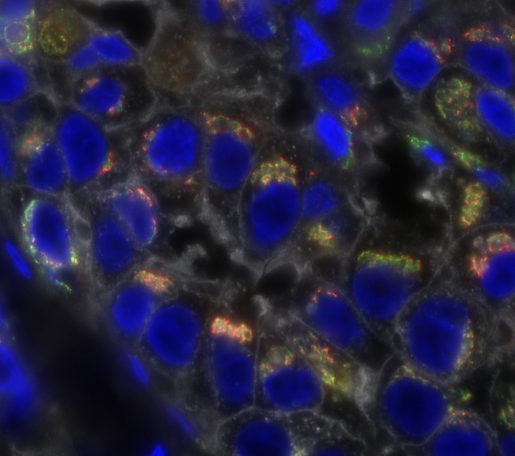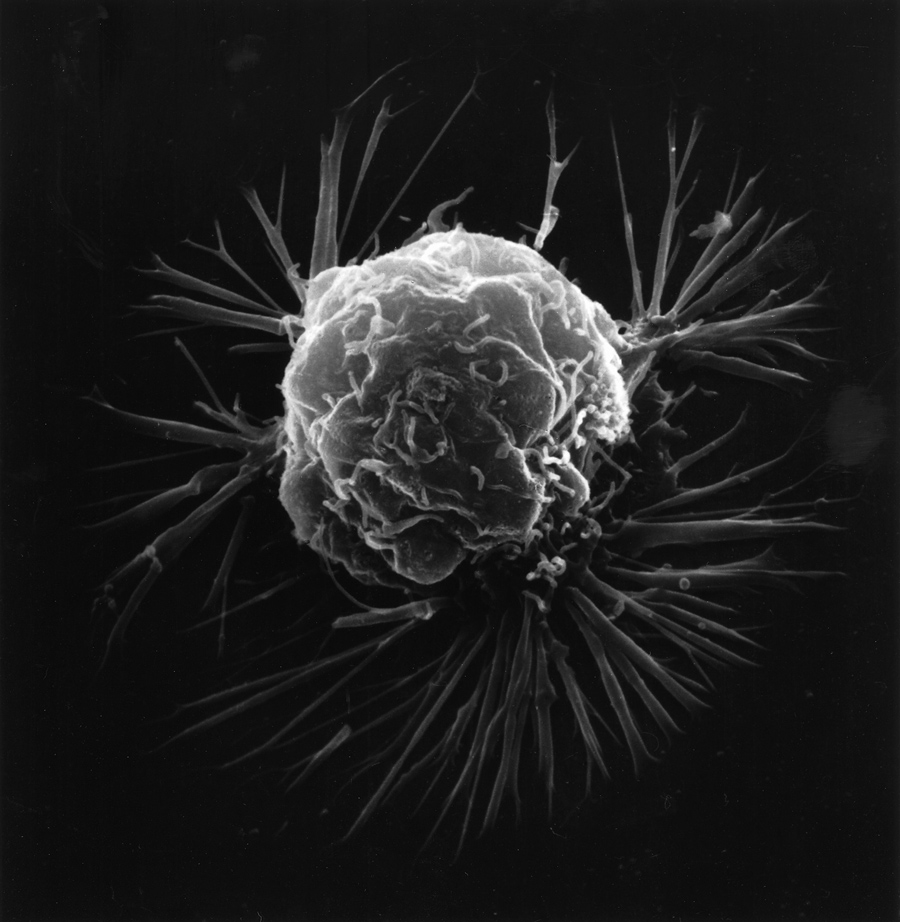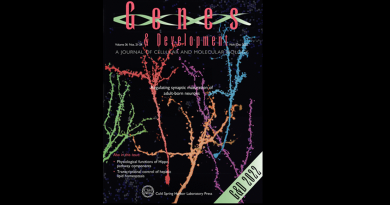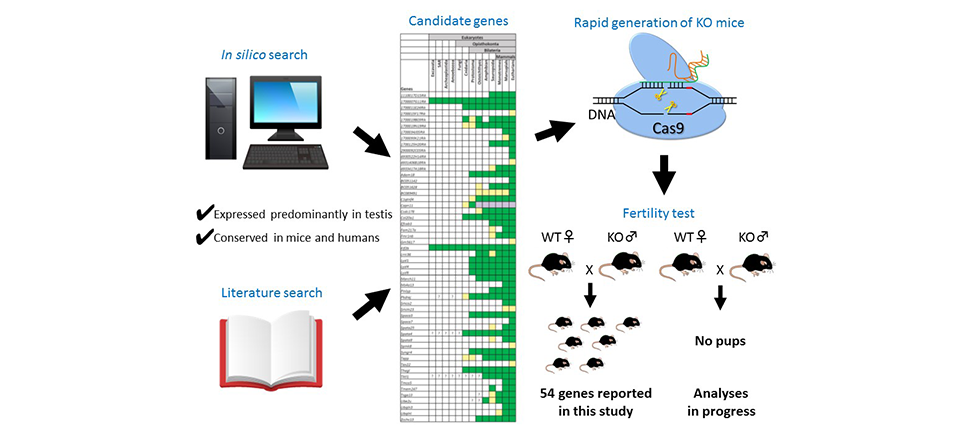Study of spliceosome-targeting cancer therapies reveals an overlooked role of mis-spliced RNAs themselves
Spliceosome-targeting therapies (STTs), which partially interfere with RNA splicing, can have a very strong influence on tumor growth and progression, but the mechanisms of tumor killing are largely unknown. At Baylor College of Medicine, the lab of Dr. Trey Westbrook and his colleagues have shed new light on how therapeutics targeting RNA splicing can trigger tumor cell death and signal the body’s immune response in triple negative breast cancers (TNBC). Their findings also may lead to new biomarkers to select patients that respond to current immune-modulating therapies.


“RNA splicing is one of the steps in the formation of a mature messenger RNA (mRNA) that can direct the synthesis of a protein. RNA splicing involves the removal or “splicing out” of certain sequences called introns. The final mRNA consists of the remaining sequences, called exons, which are connected to one another through the splicing process,” said Westbrook, Welch Chair in Chemistry, professor in the Verna and Marrs McLean Department of Biochemistry and Molecular Biology and Department of Molecular and Human Genetics and member of the Dan L Duncan Comprehensive Cancer Center at Baylor.
RNA splicing is often deregulated in tumors, leading to tumor growth but also making the tumor hypersensitive to STTs. Triple negative breast cancer is one of many aggressive cancers that are responsive to STTs.
An overlooked role of mis-spliced RNAs themselves in tumor sensitivity to STTs
Westbrook’s team wanted to understand how STTs interfere with tumor progression. They found that in TNBC cells, STTs interfere with RNA splicing and cause a buildup of endogenous mis-spliced RNA in the tumor cell cytoplasm. Many of those aberrant single-stranded RNAs will pair forming double-stranded structures, just like an RNA virus. Intrinsic antiviral immune pathways recognize the double-stranded RNA and then trigger apoptosis or cell death, and also send signals to the body’s immune system to illicit an inflammatory response.

“Our study highlights an unanticipated way to activate an inflammatory response through specifically targeting cancer cells to disrupt RNA splicing. These findings emphasize that when we think about the activity of cancer therapeutics, we need to look both at how they impact cancer cells as well as the effect this might have on the immune system,” said Dr. Elizabeth Bowling, co-first author and member of the Westbrook lab.
“We now have a clearer understanding of how high levels of RNA mis-splicing result in cellular stress in breast cancer. Furthermore, we suspect this RNA splicing stress may be present in many cancer types and disease states,” said Dr. Jarey Wang, co-first author, member of the Westbrook lab and graduate of the Baylor Medical Scientist Training Program.

Specifically, the research suggests that a tumor cell’s endogenous mis-spliced RNA may be able to stimulate the immune system even without therapeutic (STT) treatment. The data shows a correlation between mis-spliced RNA and immune signatures, even in tumors that are typically immune-cold.
The study authors hypothesize that this endogenous mis-spliced RNA could be used as a clinical biomarker to find which cancers will be sensitive to immunotherapy. The researchers say further study is needed to determine if STTs activation of anti-tumor immune pathways could make more patients eligible for immunotherapy.
“While immunotherapy is having profound effects for some cancer patients, it still only works in a minority of them. It’s imperative that we learn how to broaden the swath of patients who might benefit from immunotherapy. This discovery uncovers a new mechanism by which cancers are speaking to the immune system and gives us strategies to exploit that for the benefit of patients,” said Westbrook, a McNair Scholar in Cancer Research at Baylor.
Read all the details of this study in the journal Cell.
For a full list of authors and financial contributions, see the publication.



